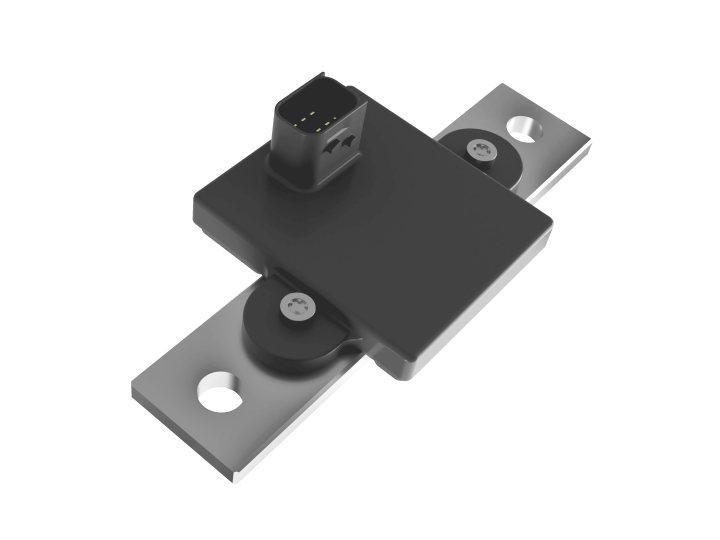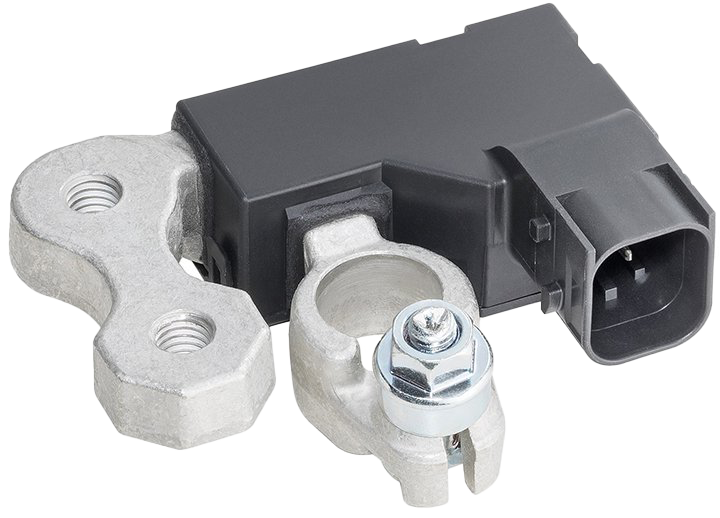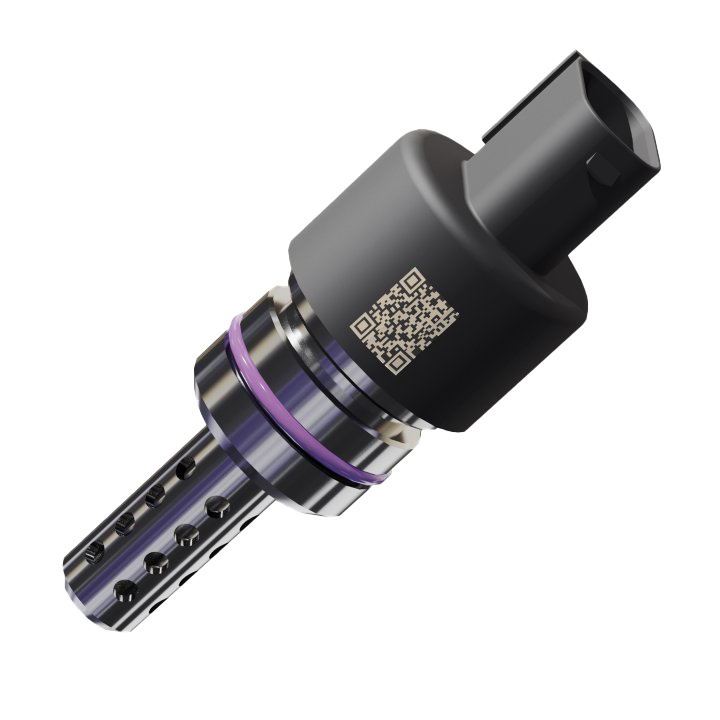Mobility
Mobility has become a basic requirement of our lives today. It describes the emergence of a worldwide mobile culture and the use of transportation. However, due to the increased demand for valuable resources, their availability in the markets is decreasing. To counteract this scarcity, the demand for the sustainable use of these resources is increasing. Trends such as autonomous driving or the switch to e-mobility are therefore becoming increasingly important for changing the future of our mobility.
Autonomous Driving
Due to advanced technologies, we can continuously improve road safety. This development is enabled thanks to numerous advanced driver assistance systems (ADAS) through to systems for autonomous driving (AD). From 2024, only new cars that can demonstrate certain assistance systems will be registered. Therefore, life without ADAS and AD is no longer imaginable.
ADAS
Advanced driver assistance systems are an integral part of today's modern vehicles and have become indispensable. They enable us to create a safer and more enjoyable driving experience thanks to systems such as lane departure warnings, parking assistance, and adaptive cruise control.
AD
Autonomous driving means that driving in the future will be possible without an active driver, i.e., a vehicle will be able to drive itself from one place to another—without external assistance.
The SAE defines and describes autonomy levels, which range from unassisted to fully autonomous driving.
SAE autonomy levels

00 No automation
The driver has full control.

01 Driver assistance
The driver is supported by driving assistance systems, but these do not control the wheel. E.g..: cruise control

02 Partial automation
Systems can take the wheel, but the driver remains in charge. E.g..: staying in lanes and braking

03 Conditional automation
The drive no longer has to constantly monitor the driving system. E.g.: overtaking, accelerating, braking

04 High automation
The vehicle predominantly drives itself, but the driver must be fit to drive. E.g.: signaling, overtaking

05 Full automation
The vehicle drives completely independently and does not require a driver. E.g.: crossing intersections
The technologies that enable autonomous driving must overcome numerous challenges that arise in daily road traffic. Particularly the lack of visibility for the driver or the optical driving assistance systems due to dirt or bad weather conditions impairs safe driving in road traffic. Breakdowns caused by a discharged vehicle battery or engine damage also pose a considerable risk. To ensure the functional reliability of systems, vehicle manufacturers must find ways to prevent these problems. AST develops sensors that continuously monitor the status of assistance systems. This allows damage to be detected at an early stage and critical faults prevented to ensure reliability and safety over the long term.
E-mobility
The mobility of the future must become CO2 neutral due to climate change, the scarcity of raw materials, and environmental pollution. This is precisely the approach that e-mobility is taking. It outlines the use of electrically powered vehicles and is thus the key to a more sustainable design of tomorrow's mobility.
However, care must be taken to ensure that the expansion of the infrastructure goes hand in hand with the production of e-vehicles. After all, a fast-charging station is of no use if the vehicles cannot charge quickly. AST has developed various sensors for vehicles and infrastructure that support progress in both segments and are aligned with each other making it possible to achieve the goal of sustainable e-mobility even more quickly.





